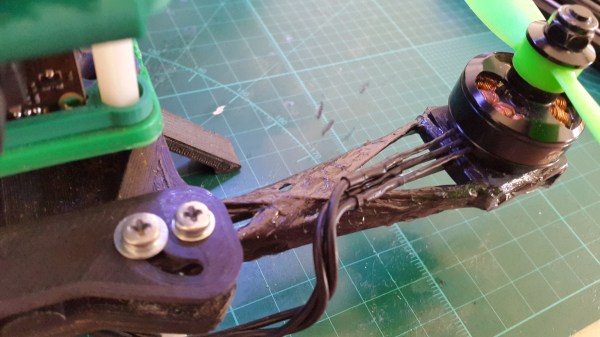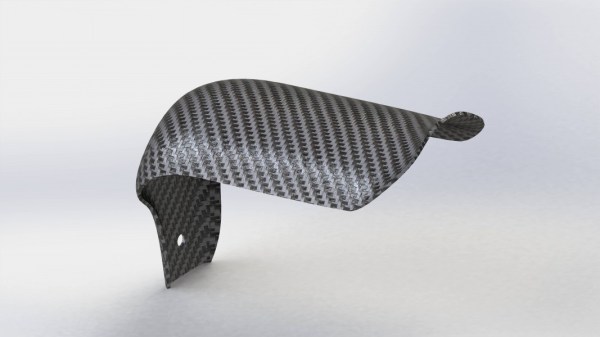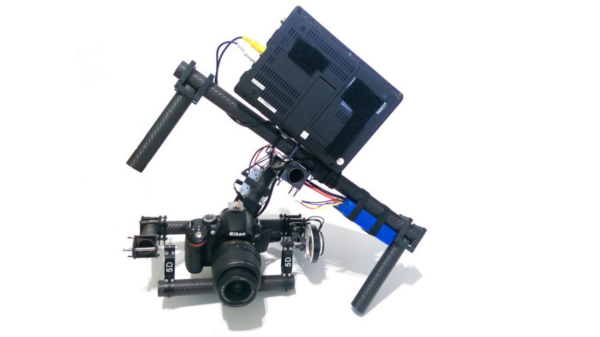People have been experimenting with 3D printed molds for fiberglass and carbon fiber for a while now, but these molds really aren’t much different from what you could produce with a normal CNC mill. 3D printing opens up a few more options for what you can build including parts that could never be made on any type of mill. The guys at E3D are experimenting with their new dissolvable filament to create incredible parts in carbon fiber.
For the last year, E3D has been playing around with their new soluble filament, Scaffold. This is the water-soluble support material we’ve all been waiting for: just throw it in a bucket of warm water and it disappears. The normal use case for this filament is as a support material, but for these experiments in composites, E3D are just printing whole objects, covering them in carbon fiber prepreg, vacuum bagging them, and allowing them to cure. Once the carbon fiber isn’t floppy and gooey, the support material is dissolved in water, leaving a perfect composite part.
E3D aren’t that experienced with composites, so they handed a bit of filament off to So3D for some additional experimentation. The most impressive part (in the title pic for this post) is a hollow twisted vase object. This would have required a six-part machined mold and would have cost thousands of dollars to fabricate. Additional experiments of embedding ABS parts inside the Scaffold mold were extremely successful.
As you would expect, there are limitations to this process. Since E3D are using a dissolvable mold, this is a one-time deal; you’re not going to be pulling multiple composite parts off a 3D printed mold like you would with a machined mold. Curing the parts in a very hot oven doesn’t work — Scaffold filament starts to sag around 60°C. Using prepreg is recommended over dry fabric and resin, but that seems to be due more to the skill of the person doing the layup rather than an issue with materials.

















